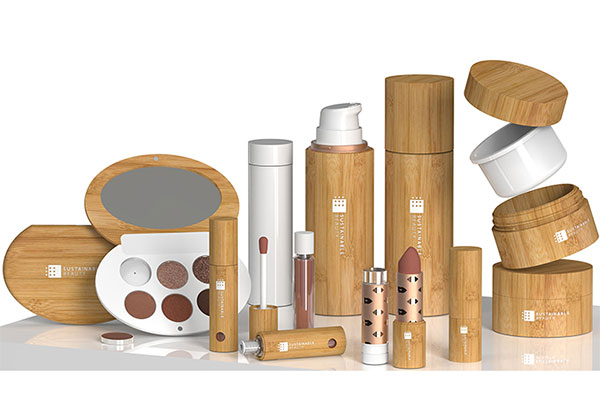Single-Use vs. Reusable Packaging
The major contrast between reusable and single-use packaging is the intended purpose and lifecycle of the packaging. Single-use packaging is intended to be used only once and then discarded or recycled. Reusable packaging, on the other hand, is meant to be returned, refilled, or reconditioned for recurrent use, eliminating the requirement for continuous manufacturing and disposal of packaging materials.
The Advantages of Reusable Packaging
Adopting reusable packaging methods provides several advantages for enterprises, ranging from environmental benefits to financial rewards. Here are some of the reasons why businesses are increasingly turning to reusable packaging as a sustainable and economic alternative.
Environmental advantages
1. Reduced trash generation
One of the most significant benefits is its potential to reduce trash generation. Businesses can reduce the amount of packaging material in landfills or incinerators by eliminating the necessity for single-use packaging. This waste reduction helps to relieve the pressure on waste management systems.
2. Natural resource conservation
Reusable packaging systems help to conserve precious natural resources. Instead than constantly making new packaging materials, firms can extend the lifespan of old packaging by reusing it, lowering the need for raw commodities such as petroleum, and water.
3. Reduced carbon footprint
When compared to single-use alternatives, reusable packaging can contribute to a lower carbon footprint. The energy and resources expended in creating, transporting, and disposing of single-use packaging are much greater than those expended in producing, conveying, and disposing of reusable packaging. Reusable packaging reduces greenhouse gas emissions and aids climate change mitigation efforts by reducing the need for frequent manufacture and disposal.
1. Long-term cost savings
While reusable packaging may require an initial expenditure, organizations can save significantly over time. Reusable packaging methods remove the ongoing costs associated with purchasing new packaging materials for each cycle, lowering overall packaging costs. Furthermore, firms can save money on garbage removal and recycling.
2. Increased efficiency of the supply chain
RTP, in particular, provides operational efficiencies throughout the supply chain. Consolidated and standardized packaging can improve efficiency and decrease product damage by streamlining handling and transportation procedures. Stackable or nestable reusable packaging also optimizes storage space and enhances warehouse usage.
3. Improved brand reputation and client retention
Using reusable packaging ties firms with environmentally responsible practices, which can boost brand recognition and appeal to consumers who value sustainability. By demonstrating a dedication to decreasing environmental impact, your company may develop trust, enhance customer loyalty, and attract eco-conscious consumers.
Examples of Reusable Packaging
Reusable packaging is widely used in a variety of industries, demonstrating its adaptability and application. We made professional reusable bamoo make up and skin care packaging more than 17years and we work with many globle major brands. Welcome to contact us talk about your reusable packaging solutions by anna.kat@sustainable-bamboo.com.

Post time: Nov-29-2023



